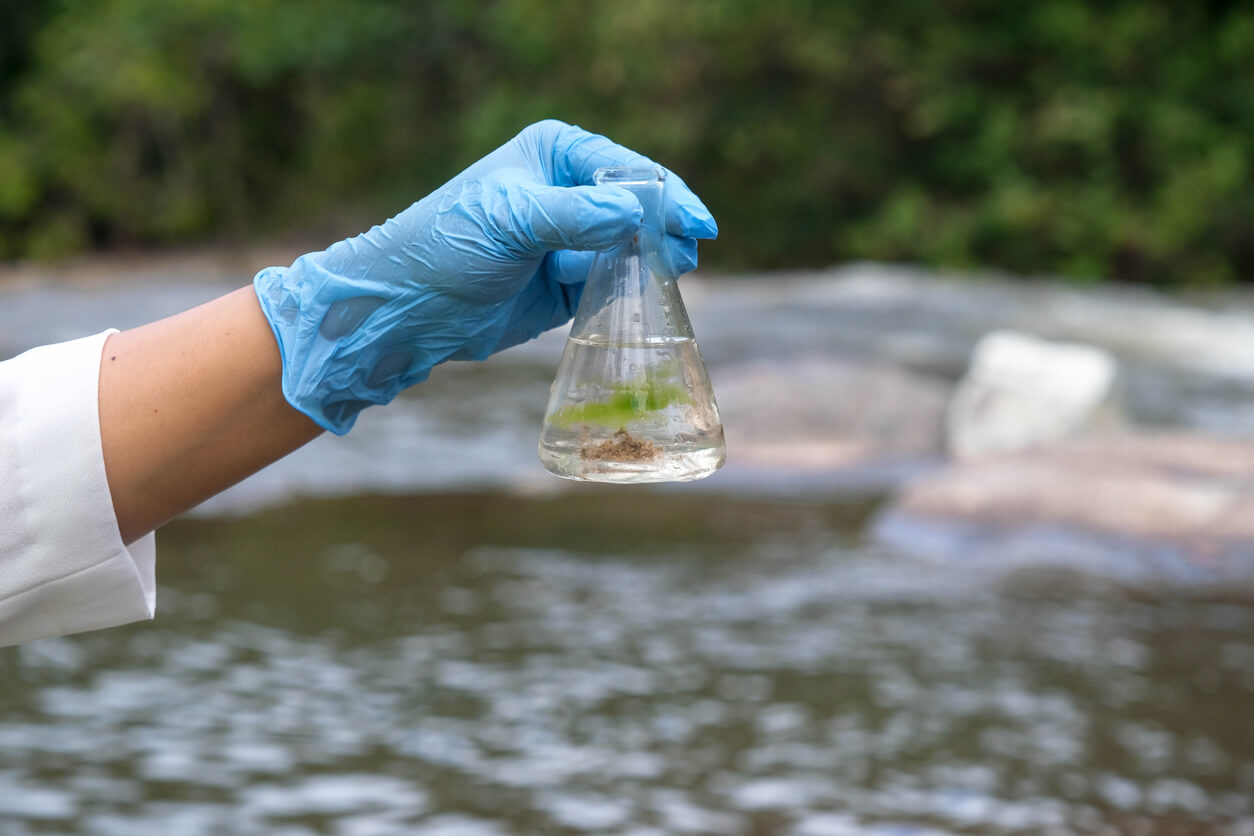Expanded Monitoring Needed for PFAS Contamination, Harvard Study Suggests

The reach and impact of PFAS water contamination may be more significant than previously thought. A new study by Harvard researchers revealed that PFAS concentrations in fish found as far as eight kilometers (five miles) away from contaminated sites were still “alarmingly high.”
Research conducted by Harvard’s John A. Paulson School of Engineering and Applied Sciences also uncovered that common monitoring techniques do not accurately detect significant portions of PFAS contamination.
“This study underscores the urgent need for more comprehensive monitoring of PFAS in aquatic ecosystems, particularly in regions where freshwater fishing is an important food source for recreational and subsistence fishers,” senior author of the study Elsie Sunderland said in a release. “The public health risks posed by PFAS extend beyond immediate contamination sites and can affect communities living far from known sources.”
The newly released research further highlights the seriousness of PFAS contamination in water. Often, this contamination stems from chemicals used at military facilities that have leaked into the surrounding environment.
The study pointed out that while PFAS in groundwater has been monitored and documented, the effect of these forever chemicals that travel downstream into ecosystems, affecting wildlife we may consume such as fish, is not well understood.
The Department of Defense has investigated over 700 active military installations over the use and potential release of PFAS.
PFAS Water Contamination Stems from Military Bases, Leads to Lawsuits
The Harvard study tested fish in the waters of Cape Cod, Massachusetts. This area is located downgradient from a military base, meaning the groundwater around the base flows into Cape Cod’s groundwater. This military base is only one of the hundreds that have become primary sources of PFAS water contamination.
Many bases have stored or used aqueous film-forming foam (AFFF), a type of firefighting foam that contains PFAS. Research has linked these chemicals to the development of ulcerative colitis, kidney cancer, liver cancer and other serious health concerns.
There have been significant contamination cases, prompting plaintiffs to file many PFAS lawsuits. In 2023, AFFF developer 3M agreed to a $10.3 billion settlement over the contamination of public drinking water.
BASF Corporation similarly agreed to a $316.5 million settlement over public water system contamination in May. Despite these settlements, many lawsuits remain active.
In addition to litigation surrounding water contamination, firefighters and other first responders who developed serious health conditions after being exposed to the foam have also filed AFFF lawsuits.
While awareness has grown around the potential concerns with these chemicals in recent years, new incidents still occur. In August, a faulty fire suppression system released over 1,000 gallons of AFFF at a Maine airport. Witnesses saw chunks of the foam carried away by the wind.
Editor Lindsay Donaldson contributed to this article.




